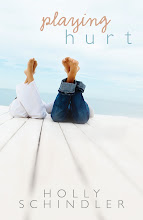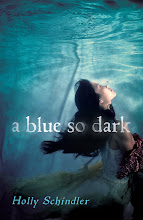Most writers would agree that conflict—or confrontation—can often be the most fun part of writing a book. On the page, conflict is where the story really takes off.
But because I’ve been hard at work, all month, on the revisions for my forthcoming debut MG, THE JUNCTION OF SUNSHINE AND LUCKY, I’m also reminded of another type of conflict that occurs in the process of getting a book on store shelves—between a writer and him or herself.
Every writer is protective of their book. In a lot of respects, you have to be. That need to protect is what gets you through multiple rounds of submission and rejection. It’s also, I’d argue, what gets a book written in the first place.
So many writers refer to or think of our books as babies. (Online, release dates are celebrated as “book birthdays.”) Often, I’ve heard writing a book likened to giving birth. Actually, I think it’s more like being home with a newborn. When a baby comes home, your world becomes about the baby—your entire life revolves around caring for and protecting that baby. When inspiration strikes, you have to treat your book the same way. You have to say, “I couldn’t possibly go to the movies [or out to dinner or away for the weekend, etc.], I’ve got a book to write!” The same way that you’d never leave a baby home alone, in order to get some guacamole. You’re responsible for getting those ideas on paper, every bit as much as you’re responsible for the well-being of a newborn.
That might sound like hyperbole, but really, I’m not exaggerating at all. Protecting your idea, your novel, really is that important—as important as caring for a newborn. If it’s not, believe me, the world encroaches, and the book never gets written.
The conflict that I’m referring to, though, actually happens after the book is written. After the book has been accepted. After you ink the deal, and all your hard work has paid off…
And you get your editorial letter. Asking you to make global changes.
At this point, that ultra-protective writer inside you—the same protective writer who cared for your concept like a newborn—butts heads with the ultra-critical editor inside you.
And that’s where the magic happens.
I love the global revisions that take place after a book’s acquisition, because inevitably, something really beautiful always comes from that internal conflict: my protective self wanting to stay true to the initial concept, and my critical self seeing my editor’s points and wanting to implement changes. Characters are reinvented, subplots revamped, events placed in a different order. The book becomes three dimensional at this point. It has skin.
So do I ever avoid this confrontation with myself? Never. Once I get that editorial letter, I jump straight into it, heart racing with excitement…
Below: a "greatest-hit" moment, as I unveil the official title of my MG! (The book features a young artist, and nothing reminds me of the art projects of my youth quite like construction paper. All that's missing from the vid are a few pipe cleaners...)





































